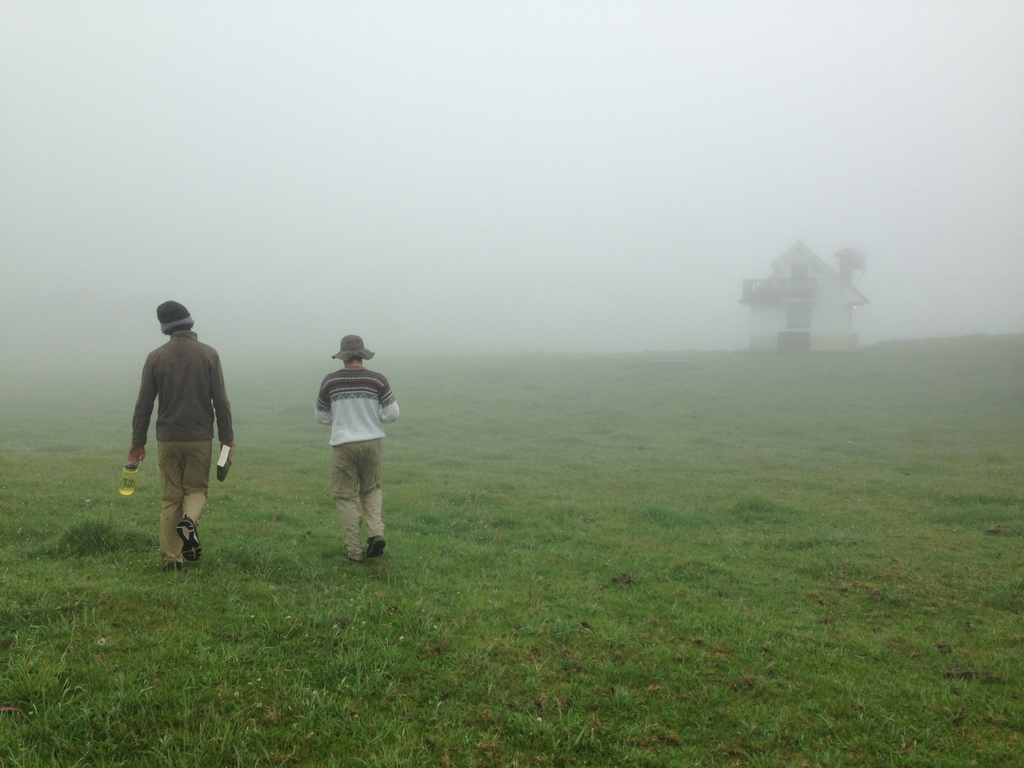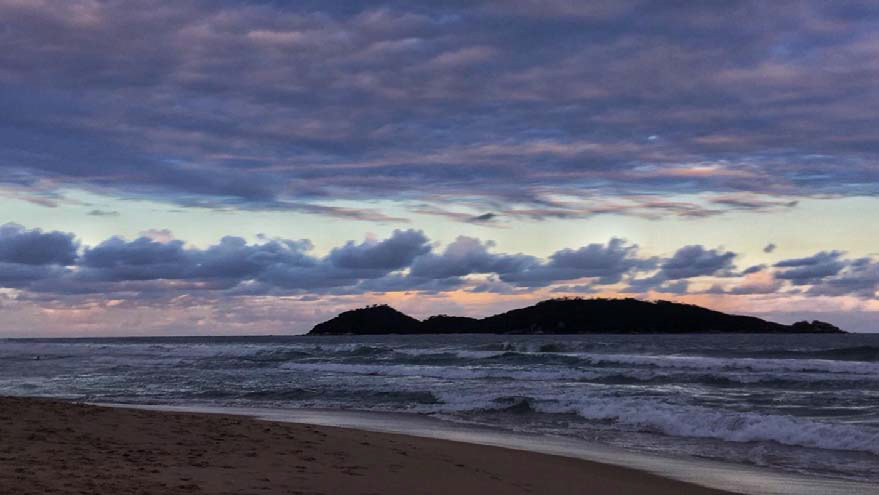
by Elizabeth, Tufts 1+4 Participant
I am lucky enough to have been given a second chance.
At the beginning of this semester, I switched host families and my office was completely reshuffled. I went through three bosses in a week. And it was hard. It was hard to come back with no sense of normalcy, no pre-established comfort zone. Nothing was familiar and I had to do that beginning transition phase all over again. But it was a blessing.
The second semester, I now understand fully how hard it was the first time. Now I am searching out opportunities, conversations, and experiences. I come home filled with excitement for all of the possibilities that are open to me. First semester, I didn’t seek that much out, and I thought it was because I was lazy or afraid. But I wasn’t. I understand now that I just did not have the bandwidth to do more and more and more. Simply having a lunchtime conversation in Spanish was overwhelming and difficult- why would I continue to search for additional overwhelming and difficult ways to occupy my time? I would even go to bed between 8:30 and 9 because I was too exhausted to even read. And I blamed myself for not “getting the most out of my experience.” But the truth is, I couldn’t do any more than I was doing. That’s what the second semester is for.
The second semester, I am now emotional over the idea of leaving. I don’t know what’s different this specific semester. But all of a sudden I can feel how much I will miss Cuenca. I have finally become part of this community. My new host family are pretty close to convincing me to stay forever. My job, although often slow, is now filled with people to talk to. I love Cuenca. I love my host family. I even love my internship some of the time. It will be so much harder to leave Cuenca than it ever was to leave home.
What I really mean to say is stick it out. It’s not all fun quirky cultural experiences. It’s exhausting and difficult. But it’s so incredibly worth it. Never for a second have I regretted this year and I don’t think I ever will.









 When I first arrived to Campeche beach, I was left amazed with the outstanding beauty of Florianopolis, considered the island of magic. Now, months later, when I go on a morning run, I pass the beach and I am used to seeing the ocean with its waves and the few people that have awoken early to enjoy them. It is wild that this is sometimes part of my daily routine when a couple months back I had never experiences the salty waters or the sand that never seems to leave even after leaving the beach. It seems almost normal and I feel the urge to make myself aware of everything, so it can be appreciated. I keep asking myself, “Where even am I?”
When I first arrived to Campeche beach, I was left amazed with the outstanding beauty of Florianopolis, considered the island of magic. Now, months later, when I go on a morning run, I pass the beach and I am used to seeing the ocean with its waves and the few people that have awoken early to enjoy them. It is wild that this is sometimes part of my daily routine when a couple months back I had never experiences the salty waters or the sand that never seems to leave even after leaving the beach. It seems almost normal and I feel the urge to make myself aware of everything, so it can be appreciated. I keep asking myself, “Where even am I?”
